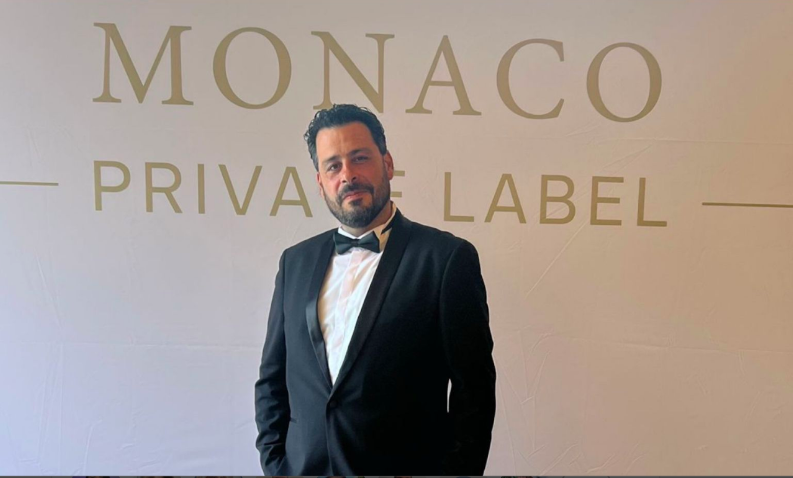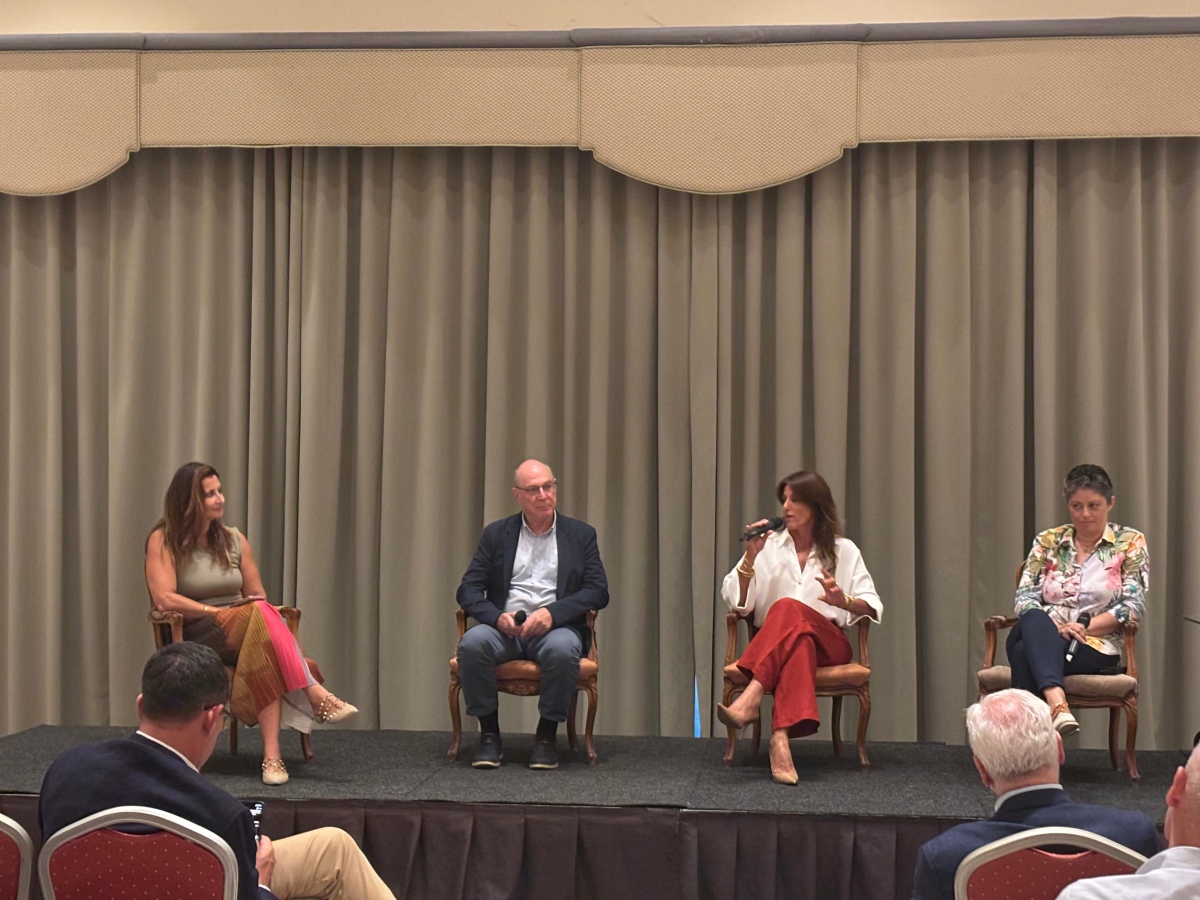Through the past number of articles in this series, we spoke extensively about each of the eight wastes of Lean. We shall now focus a bit further on the consideration for deploying the best practice within our organisation.
An essential part of implementing Lean Management best practices lies in identifying the roadblocks within our organisational flow. What disrupts our process activity, what stresses our systems and people, what non-value-added activity are we spending effort on?
In-depth evaluation of the business:
In reality, I seem to find from my own practical experience, that identifying and eliminating process waste does in fact require some careful digging into the organisational activities.
It is not always so evident to identify those more subtle forms of processing waste.
One needs to delve into some deep questioning.
Starting at the more obvious questions like ‘does what I am doing really add value?’, and ‘will the customer be happy to pay for this activity?’, to somewhat more indirect questioning such as whether the activity is being done first time round.
‘Is the activity taking place to fix something that was not done right, the first-time round?’; ‘Is the activity a check point (inspection, quality control, proof reading, etc) to detect possible errors that may have been generated along the earlier stages of the process?’; ‘Are my resources fully utilised efficiently and effectively?’ … and so on.
The big black box model: our organisation!
Each and every business operates through myriad, and possibly complex mix, of various processes, intertwined into each other in some form or fashion. At the end of this line, we generally expect the value to emerge: in other words, the service or product that is expected by the client.
I generally refer to any organisation as a big black box that contains some magic formula that converts some kind of inputs into the (hopefully!) expected outputs.

Within the more tangible industry, processes may normally be more identified and defined. On the other hand, I generally find that within the intangible industry, these (processes) might be less obvious. Let us say: more ‘woolly’.
This unclear situation within the less tangible industry provides the perfect environment for the roadblocks and related activity waste to germinate and grow, and get lost somewhere in the ‘system’. It tends to become trickier to identify such obstructions in the less tangible, service-oriented business settings.
Think about rejected stock held within the quarantine stores of a manufacturing facility, for example. Relatively easy to identify, and do something about, right?
On the other hand, just imagine a pool of office workers who are busily and frantically tapping away at their keyboards. Perhaps: repeatedly keying in (duplicate, erroneous?) data into a multitude of databases?
I can vouch for the fact that process waste occurs in any type of business process: be it a tangible operations-oriented organisation, and (possibly even more so) service-oriented sectors (administrative environments).
Defining what ought to happen within the big black box:
One of the fundamental principles in attempting to find a solution for such ineffective operations actually lies in the identification of the process(es) needed to generate the value, and the development of as correct a process definition as possible.
Let us not forget that a critical part of defining the process is the element of having clear roles and responsibilities identified for specific activities and tasks. From this role and responsibility definition, the skills and talents demanded by each role need to be identified. It is the responsibility of the leadership members to ensure that they fit the rightful resource capability within each role.
It goes without saying that building the right culture, recognising the strengths and contribution capability of your people, promoting team work, providing sufficient training and coaching, and empowering leadership will contribute towards the engagement of all employees. Unfortunately, I do observe situations where the leadership tend to lose sight of these critical ingredients. Such components prove to be critical in building healthy organisational citizenship environments.
Lean Management principles promote the concept of banking on your human capital: people.
People should be cultured towards flexibility, and possessing multi-skilled capabilities, with cross-functional aptitudes. “Impossible!”, you might be thinking. However, these are key features in enabling resources to deliver value across the process value stream.
Of course, some degree of specialisation is inevitable. Therefore, some specialist roles might be necessary within specific positions (it is the Company Cat’s role to catch the Company Mouse! Therefore, the Cat is the specialist in this sense).
The organisation needs to maximise the capability of such expert individuals by directing these so-called specialists towards their relevant strengths.
The most successful organisations are those that manage to encourage their people to take ownership of their areas, processes, products and services, thus promoting a sense of pride, loyalty, involvement and engagement. Your people are your biggest asset: respect them, nurture them and involve them in your business operations, and you will expect to reap the rewards.
Many are currently coming back with messages that indicate the declining availability of such characteristics within available human capital on the job market – perhaps this is true at this present time. But perhaps there is also something we can do as leaders of the business – other than criticise and complain about various adverse situations we tend to be faced with.
From various situations I have found myself in, whilst analysing root causes for a varied set of problematic symptoms reported by clients, it transpires that poor communication is likely to be one of the featuring sources of many inefficiencies and roadblocks. Most issues, such as defects, excess processing and overproduction, frustrations, debates, arguments, etc can generally be traced to poor communication and a lack in clear understanding of goals, roles, targets, standards, procedures and systems. That is, not being on the same wavelength!
While completely eradicating any form of roadblocks within our big black box can be a desirous thought, much hassle can certainly be limited by the assurance of clear communication.
Ing. Joseph Micallef is a freelance Consulting Advisor, bringing with him over 30 years’ worth of experience across various sectors. Working in areas related with quality, lean, business process transformation and project execution and programme management he can be contacted directly on m +356 9982 2244 or e: joseph.micallef@icloud.com
6 tips on how to conquer your to-do list
Here’s how to make the most out of your workdays.
6 ways business leaders can instil a culture of creativity within their teams
At the heart of it, business leaders need to focus on fostering their team’s creativity, rather than simply relying on ...
4 ways business leaders can tackle decision fatigue
Decision fatigue can have detrimental effects on both a company’s performance and a business leader’s own mental health.
Getting some well-needed rest: A reminder to switch off outside of work
This does not entail slowing down your productivity, but it concerns setting boundaries between personal life and work.









